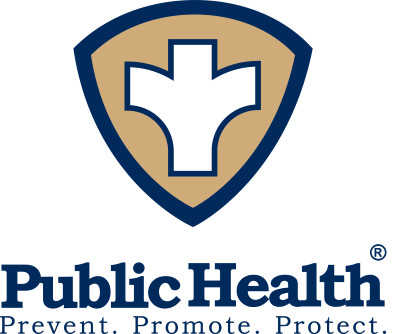What is the Illinois Tobacco Quitline?
The Illinois Tobacco Quitline (ITQL) is a free resource that provides tobacco cessation counseling and information to tobacco users who want to quit. Individuals may call the Quitline at 1-866-QUIT-YES, or visit the ITQL website at quityes.org to get in contact with a Quitline counselor who will assist them in quitting all forms of tobacco, including e-cigarettes and vaping. Counselors will schedule individual counseling sessions with callers, during which they will help callers develop a quit plan, assess their need for Nicotine Replacement Therapy (NRT), and offer support throughout their quit journey. Depending on funding and availability, nicotine patches, lozenges, and gum may be provided to eligible ITQL callers through the Illinois Department of Public Health’s statewide NRT distribution program. Illinois residents 13 years of age and older are eligible to receive counseling. Parental permission is not required for callers aged 13-17.
|
Studies show that only 4% of people can quit tobacco without any form of assistance. 1https://www.who.int/docs/default-source/campaigns-and-initiatives/world-no-tobacco-day-2020/wntd-tobacco-fact-sheet.pdf |
The Illinois Tobacco Quitline is staffed by Certified Tobacco Treatment Specialists who have received training in tobacco cessation counseling from Mayo Clinic’s Nicotine Dependence Center and Florida State University. Counselors come from all walks of life – some are even former smokers. Together, they have a common goal: helping people live tobacco-free. During individual counseling calls, which are provided in English and Spanish, individuals will have the chance to check in on their quit plan progress, discuss what’s working and what isn’t, and get expert help to overcome any challenges or concerns.
Why should I become a Quitline Referral Partner?
The American Lung Association believes that everyone who uses tobacco products can quit. Patients, clients, and employees are more likely to try quitting tobacco after Brief Tobacco Intervention (i.e. conversations with a healthcare provider, member of a community-based organization, or employer about their current tobacco use and willingness to quit). Your advice, encouragement, and support are key; tobacco users are more likely to attempt to quit if a community-based organization supports and refers them to a Quitline for cessation resources. Individuals who feel supported in their decision to quit are more likely to quit smoking for good. That’s why Referral Partners, friends, family members, and significant others can all play a big role in helping a person become smoke-free.
|
2023 annual Quit Rates as provided by the Illinois Tobacco Quitline: |
Although cigarette smoking has declined considerably in the U.S. over the past half-century, in 2021, an estimated 46 million U.S. adults reported currently using any tobacco product, including cigarettes, e-cigarettes, cigars, smokeless tobacco, and hookahs. Based on analyses from the Centers for Disease Control and Prevention, the Food and Drug Administration, and the National Cancer Institute on responses from the 2021 National Health Interview Survey, cigarettes were the most frequently reported tobacco product (used by an estimated 28.3 million U.S. adults) followed by e-cigarettes (used by an estimated 11.1 million U.S. adults). 2https://pubmed.ncbi.nlm.nih.gov/27288378/
How do I become a Quitline Referral Partner?
Any community-based organization, facility, or system that provides healthcare services to tobacco users may register as a Quitline Referral Partner. Employers may also register as a Quitline Referral Partner. Those who wish to register or have additional questions should contact their local health department listed below. After the organization has been registered as a Quitline Referral Partner, training to integrate the referral process into practice and necessary referral forms will be provided by ITQL.
|
County Where Organization is Located: |
Health Department to Contact: |
|
Clay, Edwards, Richland, Wayne |
|
|
Crawford |
|
|
Effingham |
|
|
Lawrence |
At the end of this course, you may also leave your contact information for the appropriate Health Department to reach out to you.
